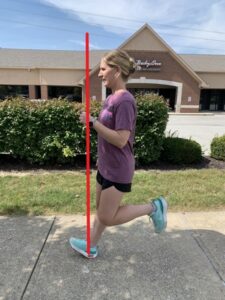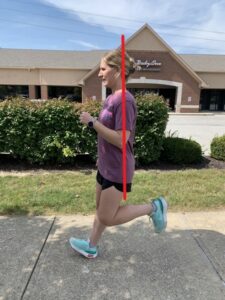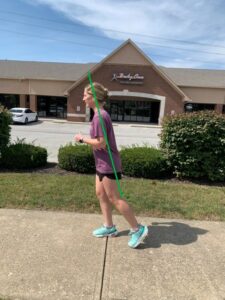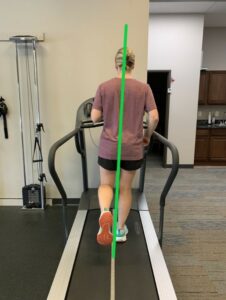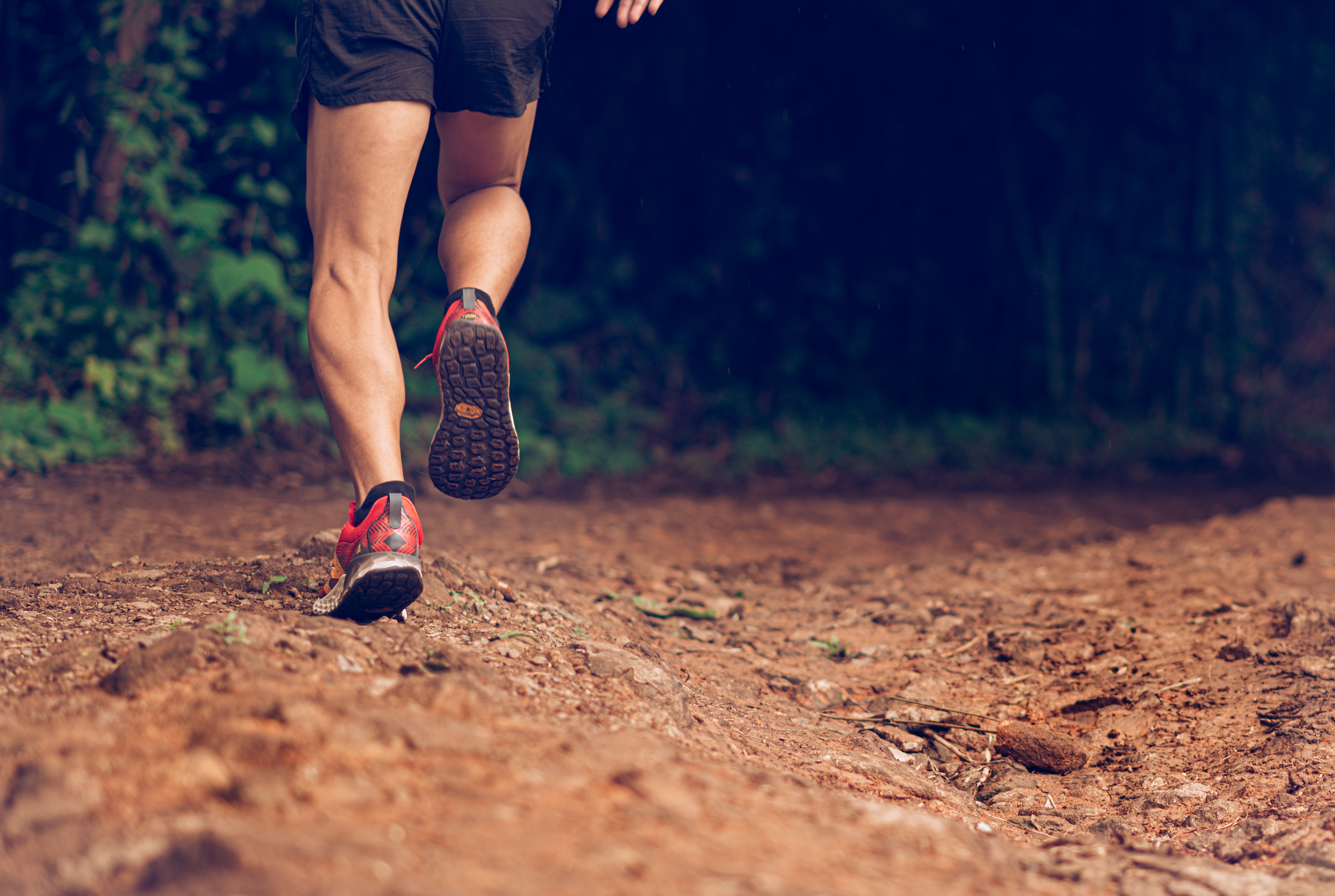
22 Sep Top Three Running Mistakes You’re Making and Risking Injury
As a Physical Therapist who specializes in treating runners, I typically see several common running form mistakes that can contribute to pain and problems. Running – like squatting and deadlifting – requires good form and is a skill you can train and improve. Poor running form can cause stress and load to muscles and joints and often leads to injury! Physical Therapists are highly trained medical professionals and experts in movement. We can help identify running gait errors and provide guidance and correction to help reduce injury risk and get runners back to doing what they love most!
2. Overstriding
Overstriding means striking the ground in front of your support base. Overstriding can lead to many different injuries: most commonly “runner’s knee” and stress fractures. Overstriding is often associated with a lower cadence (or step rate), which runners can improve by increasing their step rate. A good way to work on this is to think about taking smaller steps and increasing your turnover rate. This will naturally help your feet land underneath your body.
2. Running Upright
Upright running is another common error that can also cause overstriding. These two errors are often seen together and working on one often helps the other. Ideal running form is to lean forward 5-10 degrees. A good forward lean can help momentum carry a runner forward. Think of running as a series of controlled falls. Upright running can also lead to low back pain due to the muscles working overtime to hold a runner in an erect posture.
3. Crossover
Crossover or a narrow base of support means a runner’s foot will land across midline. This can contribute to additional stress to the lateral (outside) structures of the legs, including ankles, knees, and hips. A good way to work on this is to simply think about keeping the feet wider apart when running. This will help activate your outer hip muscles, or hip abductors, which are a key stabilizing muscle group for runners. I often instruct runners to use lines on the road and keep their feet on either side of the line.
When I see runners in the clinic, sometimes it’s because of injury due to these running gait errors. Knowing how eager runners are to get back to – and stay- running, it’s vital to address these issues so they have better performance and a lower risk of re-injury or new injury. The reason these are so common is because many runners make them; it is rare to find a runner with perfect form who hasn’t had to tweak it here or there! Some of us run the same way we ran way back in gym class and there are always improvements we can make that will help us move and feel better.
At Body One, you can take advantage of our Running Performance Program, which includes:
- video-assisted gait analysis
- movement analysis
- gait retraining if needed
- customized home exercise plan
Our goal is to address any concerns, improve your performance, and reduce injury risk. Many runners find that they are able to improve their running with only a few small changes and some practice!
If you’re interested in reducing your injury risk, staying on the road, track, or trail, and improving your performance, call to schedule your appointment utilizing our Running Performance Program. If you’re making any of these common running mistakes, we’re here to help. Call or click today!

